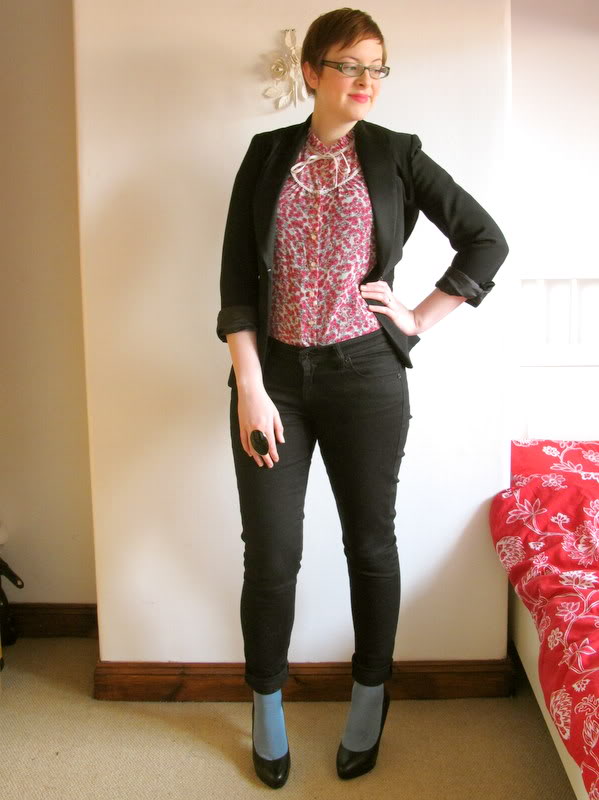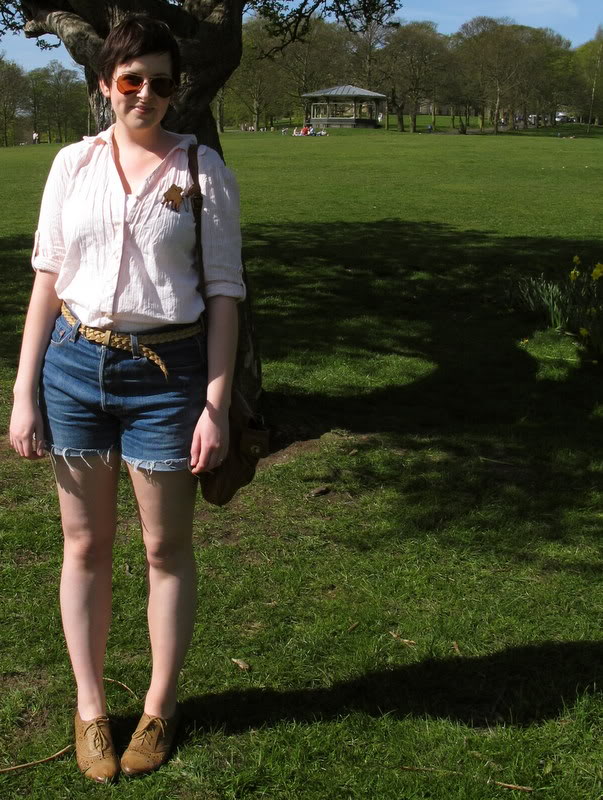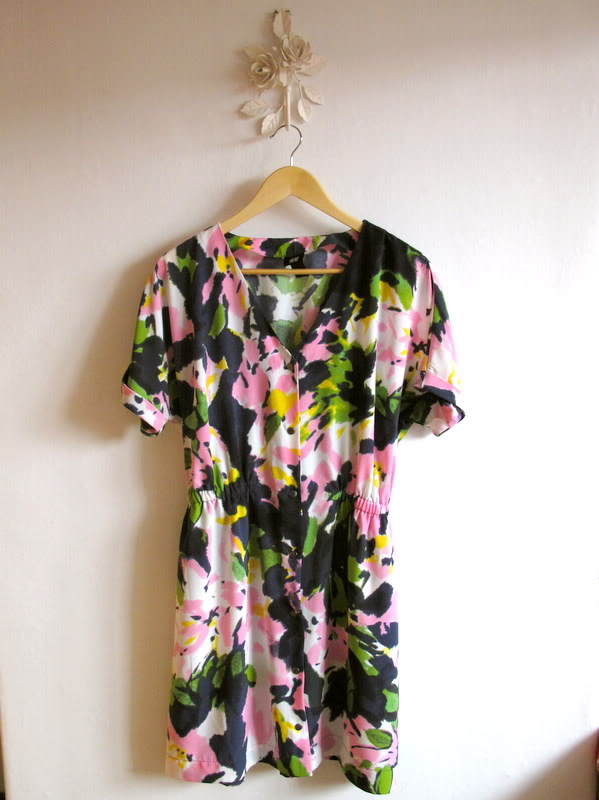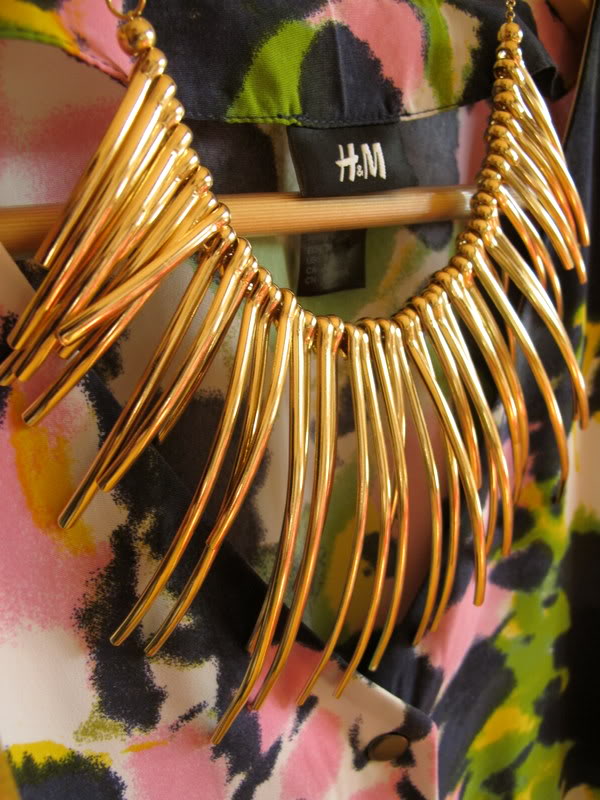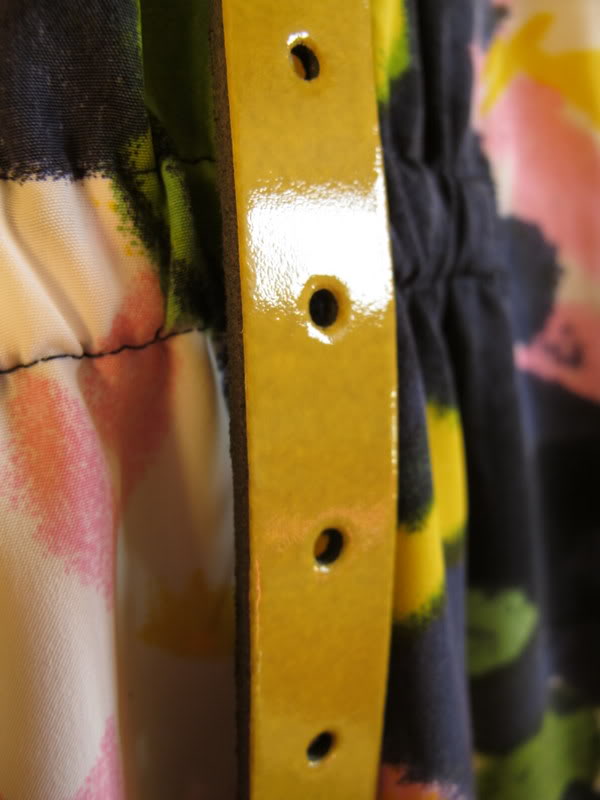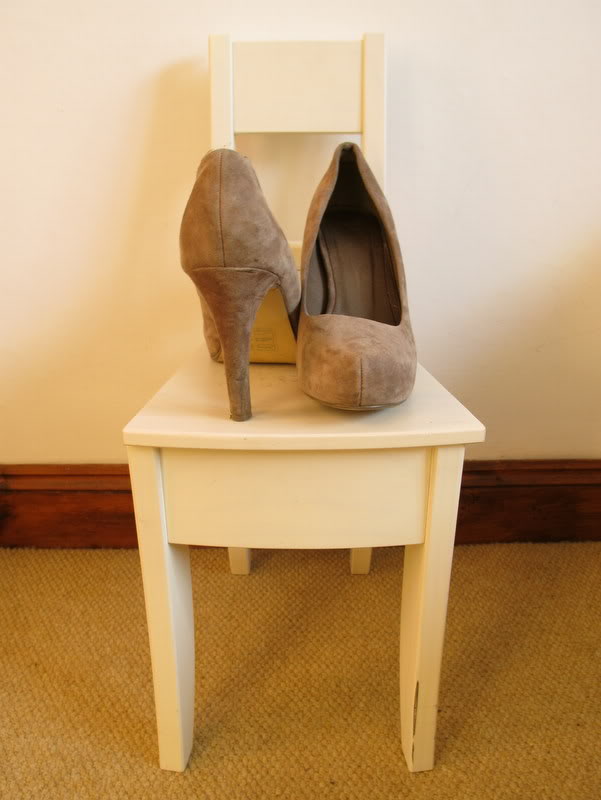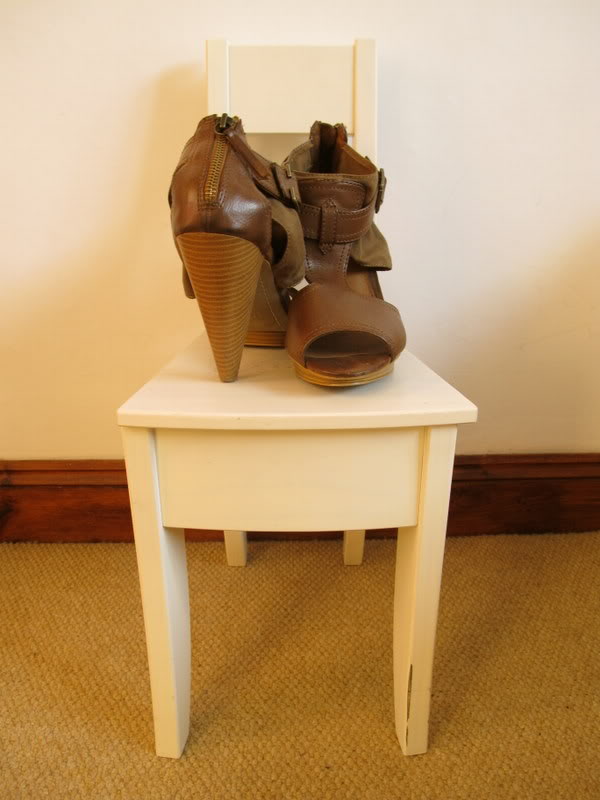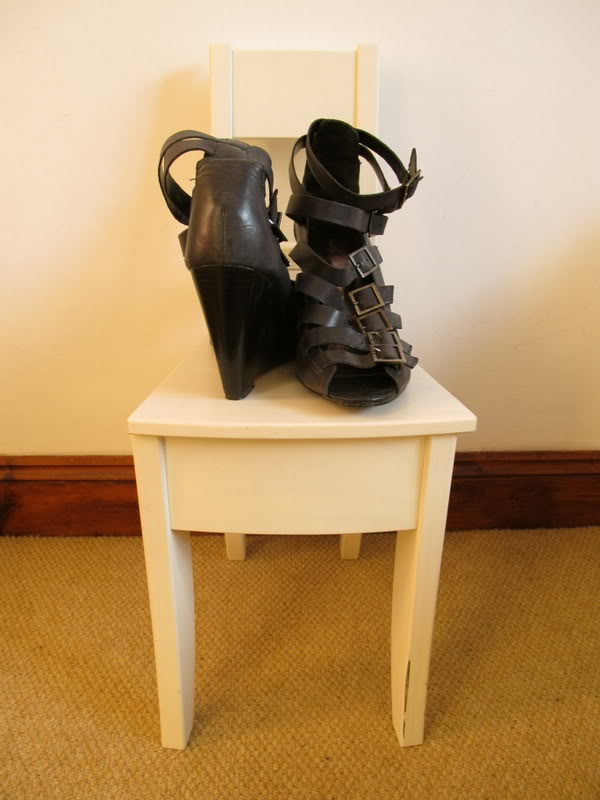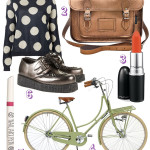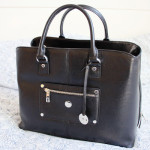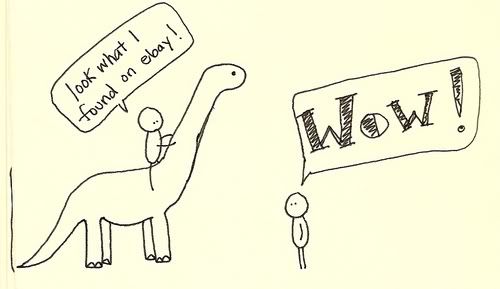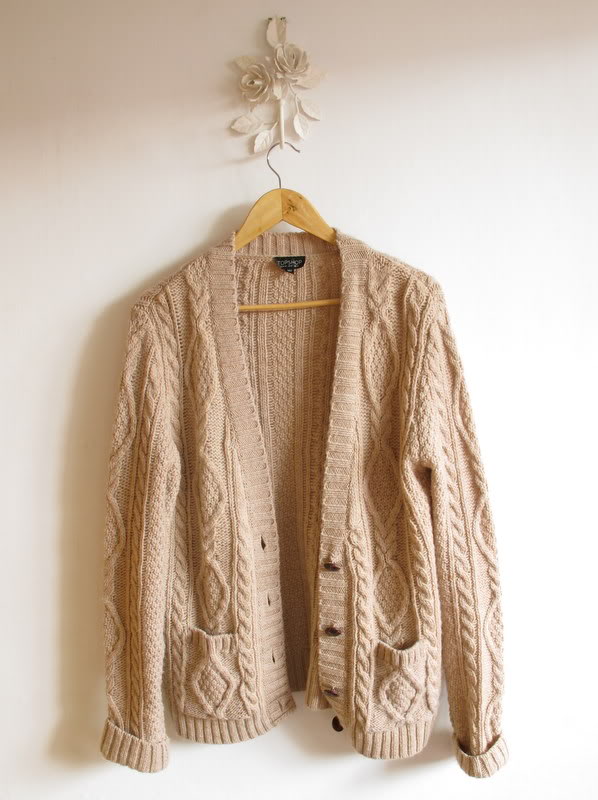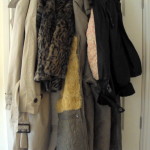I’m a prolific eBayer and often get asked for advice on buying and selling through the auction site. I recently helped an eBay virgin set up and get selling, so thought I’d put finger to key and share my (limited and a bit amateur, I should point out) knowledge on the subject.
I’ve split this guide into two parts – selling and buying. Up first is the bit that might make you some extra dollar – selling.
Selling your stuff on eBay

Source
Stock
Every six months, I have a big wardrobe clear out. Anything I haven’t worn for a while, that no longer fits or that I know I’ll never wear again (hello, poncho) is sorted into piles. One of my piles is for eBay.
High street brands like Topshop, Urban Outfitters, Office and Zara sell really well on eBay, as does anything that can legitimately described as ‘vintage’ (from the 80s or before). Check everything for holes, stains, pulls or tears and make a note of any damage. Wash and iron everything.
Taking photos
Taking decent photos is an important part of selling on eBay. Clear, well-lit, detailed photos make it easy for buyers to see the style and quality of the item you’re selling. Shoot the front and back, detail (like buttons and pleats) and damage for each item. You can use the macro setting on your camera (usually a flower symbol) for extreme closeups. If you’re selling clothing, a dressmakers dummy is great for showing how things fit, but if not, hanging pieces against a plain background will give a clear image.
Listing
eBay scans titles and descriptions for keywords that match those used by searchers, so the first rule of listing is – identify your keywords. Try to be as specific as possible when writing a title for your listing. For example, a search for ‘black dress’ brings up 198,733 results, but a search for ‘peter pan collar black dress’ gives 122 results and even better, ‘peter pan collar topshop black dress’ gives just 10. People use these (warning – douchebaggy marketing term coming up) ‘long-tail’ keyword phrases to cut down the number of results they have to sift through, so the more specific you are, the easier your listing is to find.
Do a bit of research before you choose your final keywords – a quick search for a similar item will show you the words other eBayers use and give you a good idea of the ‘buzzwords’ buyers use in their searches. One of the most used and abused words is ‘vintage’. On eBay, everything from a 1960s shift dress to a pair of two-year-old Primark flip flops is ‘vintage’. If you’re selling something that is legitimately vintage, use the word. If it’s something styled to look vintage, use ‘vintage style’. If it’s neither, don’t do it.
I always list for seven days ending on a Sunday evening, which seems to be the busiest time for bidders. Remember that the weather affects bidding – try sell a faux fur coat on a hot April day and someone will get a real bargain. But list it after heavy snow and minus temperatures and, cha-ching!
Monitoring and posting
When your auctions are live, make sure you keep a close eye on them. Potential buyers will message you with questions and you need to answer them quickly and efficiently – communication is one of the things you’re judged on when it comes to feedback.
When your auction has finished and your buyer has paid, get yourself to the post office to send out your (or now, their) item. Postage is a tricky one – lots of buyers now expect very low or even free P&P, and overcharging (even if only by accident) is judged harshly. I keep my postage to £1 for small, light items and between £2.50-£3.50 for heavy things like coats and shoes. I often pay more for postage than I’ve charged, but low postage rates are attractive to buyers and attract more bids, so it’s worth it.
And finally, feedback
In the early eBay days, feedback was toted as the be-all and end-all of selling. One negative and you were out. These days, buyers are much more savvy and know that a less-than-perfect percentage doesn’t necessarily equal a bad seller. Even so, it’s nice to keep your feedback scores high, especially when you’re first starting out.
Leaving feedback for your buyers will encourage them to do the same for you. Remember, sellers can’t leave negative feedback for buyers, so if there’s a problem with a transaction make sure you raise a dispute through eBay. The ‘if you don’t have anything nice to say, say nothing at all’ rule applies here – if things haven’t gone smoothly, don’t leave feedback at all.
You are now a fully fledged eBay seller
Welcome aboard! Careful, it’s addictive… you’ll soon find yourself sitting in the empty shell which was once your home, all your worldly possessions being ‘watched’ by other people. Like I said, addictive. Here are my best-ever sales:
- Vintage faux fur coat – bought for £7.99, sold for £54
- H&M tea dress – bought for 50p, sold for £25.99
- Ted Baker wool coat – bought for £2.50, sold for £45.73
- Vintage Doc Martens – bought for 50p, sold for £21
- Nine West leather handbag – bought for £5, sold for £32
You can find my eBay shop here.
Have you ever sold anything on eBay? What are your tips for a successful sale?
